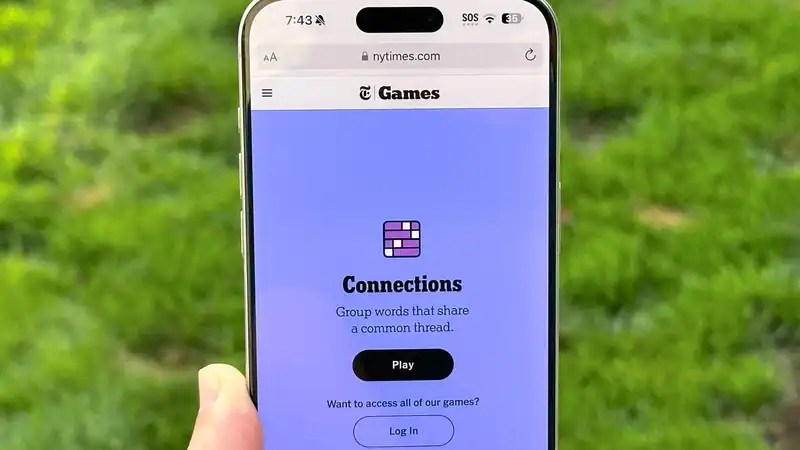In a world of misinformation, the idea that people can create realistic fake videos with the help of generative AI is concerning Even more so if such videos can be easily spread on a platform like YouTube
Therefore, it is good to hear that YouTube is enforcing new rules and that creators must disclose whether their videos contain "altered or synthesized" content (this includes generative AI)
YouTube first announced this change back in November, stating that it was introducing features to better inform viewers when they are watching synthetic content One of those features has now been added to Creator Studio, which allows users to flag content to indicate that it was generated at the time of upload
The idea here is that when creators upload realistic content, they need to flag it so that someone will mistake it for real footage Thus, anything containing unrealistic footage, animation, or special effects would be completely excluded, even if a generative AI was involved in the production
This flag is a simple "yes" or "no" option in the content settings, with a menu detailing what YouTube considers "altered or composite" This includes whether real people are saying or doing things that never happened, whether footage of real events has been altered, or whether the video contains events that appear realistic but did not actually happen
YouTube provided several examples of how videos with embedded AI are labeled One is a tag above the account name that points out that the video contains altered or synthesized content, and another is the addition of a disclaimer in the video description
YouTube explains that the more prominent label is primarily used for videos dealing with "sensitive topics" such as healthcare, elections, finance, and news For other topics, a disclaimer in the description is apparently sufficient
Enforcement measures are not specifically explained, and YouTube says it wants to give creators time to adapt to the new rules However, it does mention that if AI-generated content is not disclosed consistently, YouTube may automatically add those labels - especially if the content is likely to mislead and confuse viewers
The new labels will be rolled out in the "coming weeks," starting with YouTube's mobile app and later expanding to desktop and TV Therefore, one should be aware of important labels, especially if the validity of the content is not known While some videos may not be flagged, it is important to know what to watch, given how prominent AI misinformation will become by the end of the year










Comments